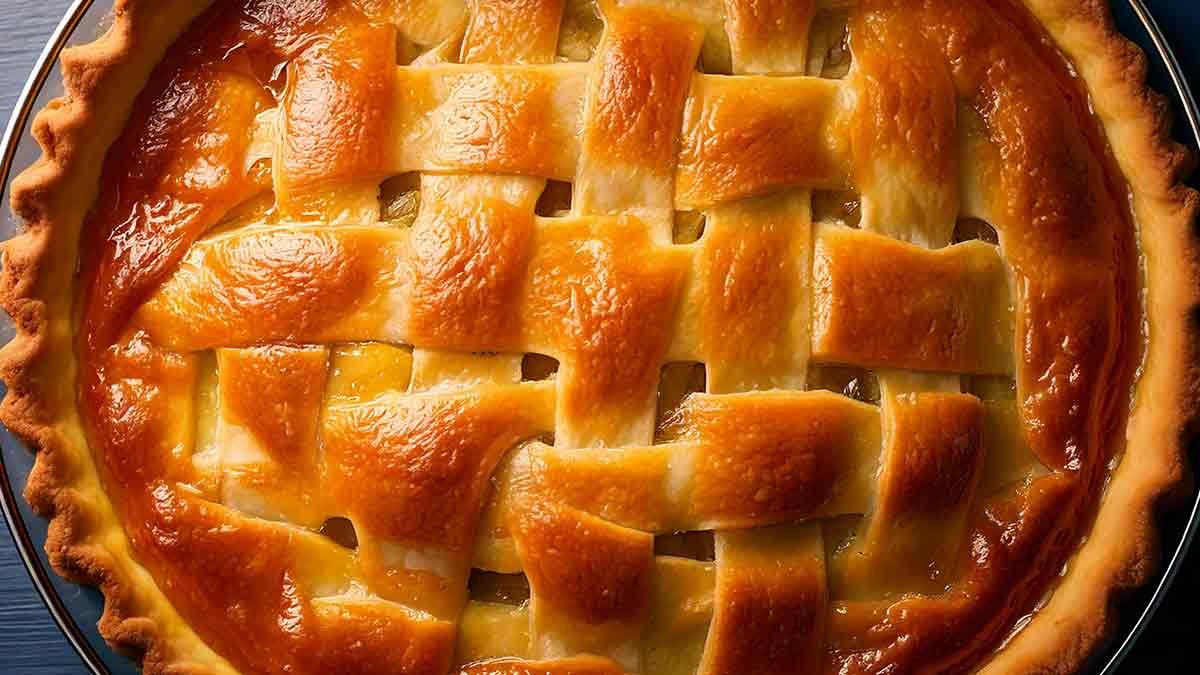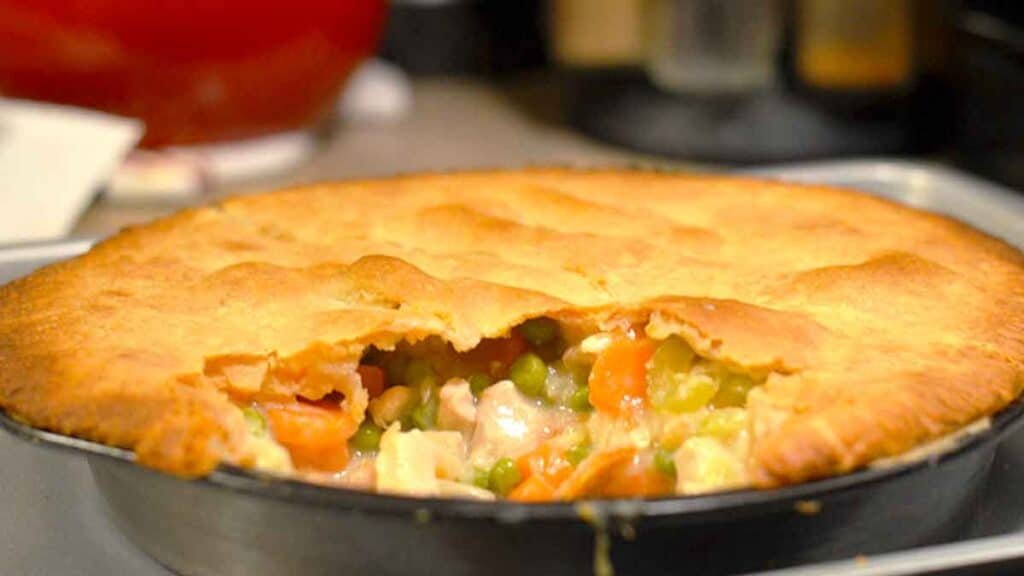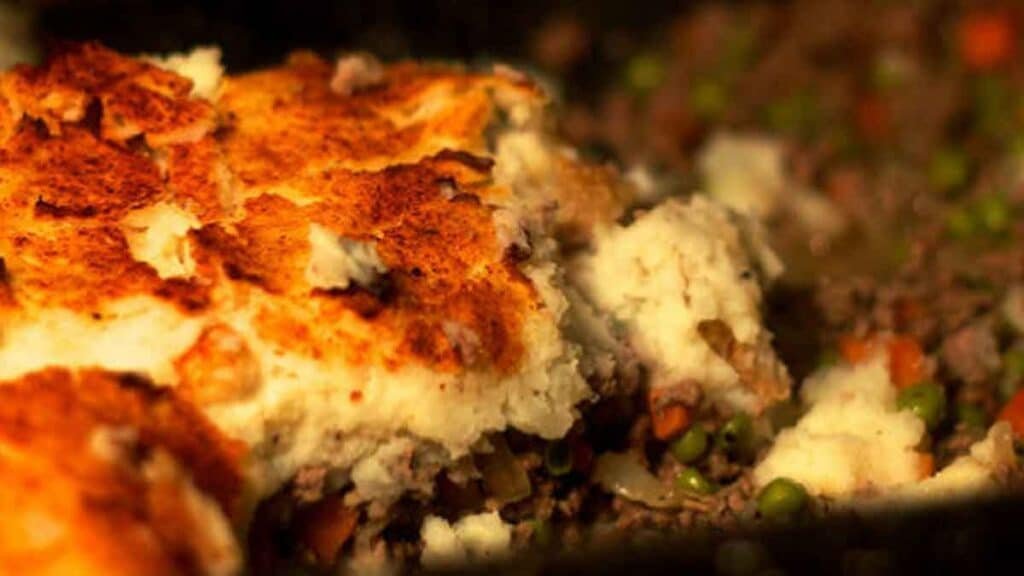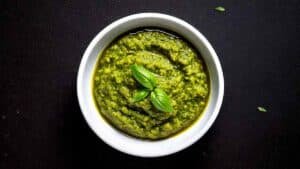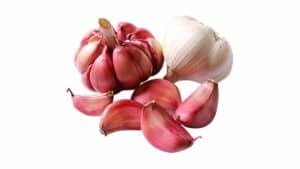Pies are a timeless dish that holds a special place in culinary traditions around the world. From sweet to savory, pies can be crafted with a variety of ingredients, making them versatile and beloved by many. This article explores the different types of pies, their history, and tips for making the perfect pie at home.
Types of Pies
Pies can be categorized into several distinct types, each offering unique flavors and textures. Here’s a brief overview:
- Fruit Pies: These are perhaps the most popular type of pie, featuring fresh or cooked fruits encased in a flaky crust. Classic examples include apple, cherry, and blueberry pies.
- Cream Pies: Made with a rich filling that is typically custard-based, cream pies are often topped with whipped cream. Key lime and chocolate cream pies are favorites among dessert lovers.
- Savory Pies: Not all pies are sweet! Savory pies, such as quiches and pot pies, incorporate meats, vegetables, and cheeses. Chicken pot pie is a comforting classic.
- Tarts: While technically different from traditional pies due to their open-faced design, tarts are often included in the pie family. They can be sweet or savory and feature a variety of fillings.
A Brief History of Pie
The history of pie dates back to ancient civilizations. The earliest known pie recipe comes from the Romans, who made a pastry filled with meat. Over time, pies evolved across cultures:
- In medieval Europe, pies were often made with game meats and were encased in thick crusts called “coffins,” which were not meant to be eaten.
- The introduction of sugar in the 16th century led to the creation of sweet fruit pies that we enjoy today.
- In America, the pie became a symbol of home cooking and hospitality, with regional variations emerging based on local ingredients.
Tips for Making the Perfect Pie
Creating a delicious pie requires attention to detail and a few key techniques:
- Choose Quality Ingredients: Fresh fruits or high-quality fillings make all the difference in flavor. For savory pies, select fresh vegetables and meats.
- Perfect Your Crust: A flaky crust is essential for any pie. Use cold butter or shortening and handle the dough minimally to avoid tough results.
- Blind Baking: For certain types of pies, especially cream pies, blind baking the crust ensures it stays crisp and prevents sogginess.
- Experiment with Flavors: Don’t hesitate to add spices or herbs to your fillings. For example, cinnamon enhances apple pie, while thyme adds depth to savory versions.
Conclusion
Pies are more than just a dish; they are a canvas for creativity in the kitchen. Whether you prefer sweet or savory varieties, mastering the art of pie-making can elevate your culinary skills. With their rich history and endless possibilities for customization, pies will continue to be cherished by food lovers everywhere.
